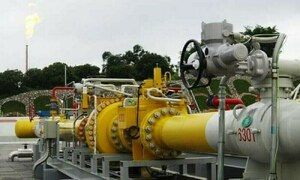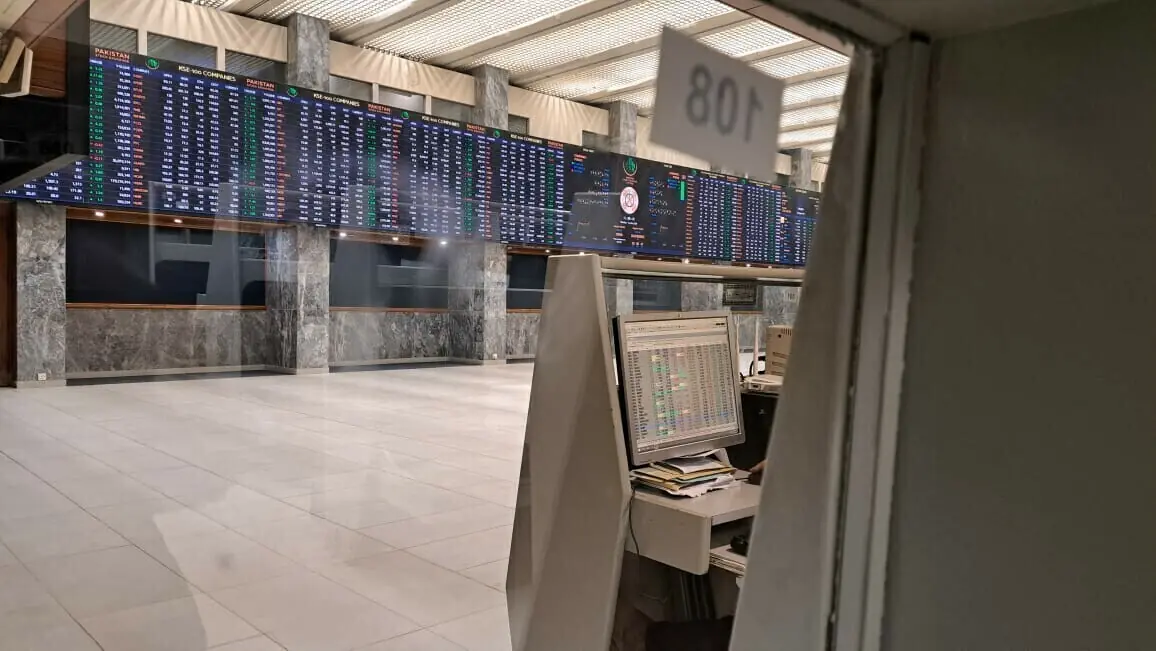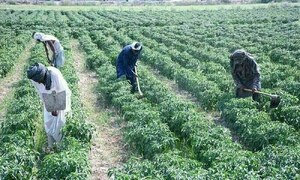China will pay farmers subsidies of 2,000 yuan ($330) per tonne of cotton harvested this crop year outside its top producing region, potentially slowing a drop in output in the world's No 1 consumer of the fibre and further curbing demand for imports. Traders said that while the amount was less generous than a subsidy scheme in the main growing province of Xinjiang, it was in line with expectations as the country abandons a years-long stockpiling programme that had reduced supply to market and bolstered global prices.
An end to that buying and the switch to subsidies has seen US prices drop to five-year lows over market fears of weaker demand from China amid plentiful global supplies. "(The new subsidy) will probably mitigate the decline in cotton production in eastern China, but I would still expect production to drop somewhat," said a trader in China who declined to be identified due to the sensitivity of the matter.
"Without this subsidy it probably would have collapsed." The new subsidy will be available to growers in the provinces of Shandong, Hebei, Henan, Jiangsu, Anhui, Hubei, Hunan, Jiangxi and Gansu, the China Cotton Association said on its website, citing details from a government meeting held on Tuesday. Subsidies had initially been planned only for Xinjiang, the north-western region that accounts for more than half of China's cotton production, leading analysts to predict a sharp drop in cotton output in the country. But government officials said in September that payments would be offered to other growers too.
However, the subsidy for the nine provinces is significantly lower than for Xinjiang growers, who will be paid the difference between the market price and a target price of 19,800 yuan per tonne. Spot prices for nearby cotton in Shandong province are currently around 14,600 yuan per tonne. "It's better than nothing," said Zhu Xiaoyan, cotton analyst at Dalu Futures. But she added that farmers had been hoping for more.
Last year farmers in Shandong earned 4.1 yuan per kg of seed cotton. Based on current selling prices and the new subsidy, they will make about 3.6 yuan, said Zhu. "Next year, production in inland provinces could still drop by more than 50 percent," she said. Cotton-growing has already declined significantly in provinces outside Xinjiang in recent years as farmers seek higher wages in cities or turn to less labour-intensive crops such as wheat. The cotton association has said China's total cotton acreage declined by nearly 7 percent in 2013 from the year before.
China's cotton imports in the 2014/15 crop year were already expected to fall to a 10-year low of 1.3 million tonnes, less than half the previous year's total. Chinese futures prices, which have lost more than a third of their value this year, are unlikely to see much impact from news of the subsidy, said Zhu, as rumours of the amount had been in the market for some time. In future years, the subsidy will be set at a level of not more than 60 percent of the amount offered to Xinjiang growers, added the association report. The country still holds nearly 12 million tonnes of fibre in state reserves, according to the International Cotton Advisory Committee. That is around 60 percent of global stocks.
BR100
15,084
Increased By
25.4 (0.17%)
BR30
43,196
Increased By
264.9 (0.62%)
KSE100
148,724
Decreased By
-91.1 (-0.06%)
KSE30
45,167
Decreased By
-39.5 (-0.09%)





















Comments
Comments are closed.